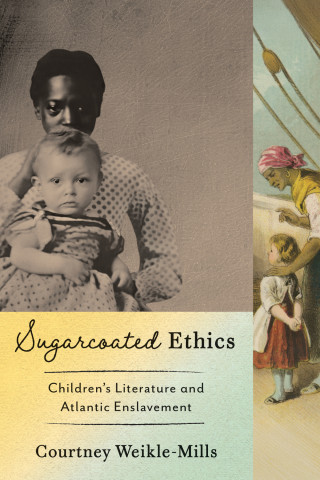
Reviews
In his ground-breaking book, Douglas Robinson innovatively pulls together aesthetic theories by Leo Tolstoy, Viktor Shklovsky and Bertolt Brecht to establish a fascinating somatic paradigm of literature, which emphasizes instinctive empathetic reconstruction of fictional characters as part of reader response... One of the greatest achievements of Robinson's book is to bring humanity rigorously and explicitly back into literature on the basis of a highly up-to-date theoretical fremework, a reunion that has long been overdue.
Among the many virtues of Douglas Robinson's stunning new book is the fact that his three theorists, the world-class provocatuers Leo Tolstoy, Viktor Shklovsky, and Bertold Brecht, are also primary creators. They are at home in abstract systems, but each in his heart...
Precise and impressive attention to scholarly detail.
Book Details
Acknowledgments
Introduction
Part I: Zarazhenie: Tolstoy's Infection Theory
1. Tolstoy's Infection
The Disease
The Cure
Damasio's Somatic Theory
2. Tolstoy's Estrangement
Estrangement Of/From
Tolstoy's
Acknowledgments
Introduction
Part I: Zarazhenie: Tolstoy's Infection Theory
1. Tolstoy's Infection
The Disease
The Cure
Damasio's Somatic Theory
2. Tolstoy's Estrangement
Estrangement Of/From
Tolstoy's Depersonalization
Disinfecting the Infection Theory
Part II: Ostranenie: Shklovsky's Estrangement Theory
3. Shklovsky's Modernist Poetics
The Capacity to Flow
The Four Things
Restoring Sensation to Life
Deautomatization
4. Shklovsky's Hegelianism
Alienation
Work
Romantic Form
Alienated Labor
Part III: Verfremdung: Brecht's Estrangement Theory
5. Brecht's Modernist Marxism
Shklovskyan Ostranenie and the Politicization of Formalism
The German Tradition and the Alienation of Alienation
Chinese Acting and the Spatiotemporal Dialectic of Estrangement
Practical Work in the Theater: Empathy and Estrangement
Brecht's Infection Theory
Gestic Transformation
Conclusion: The Somatics of Literature
Notes
Works Cited
Index




